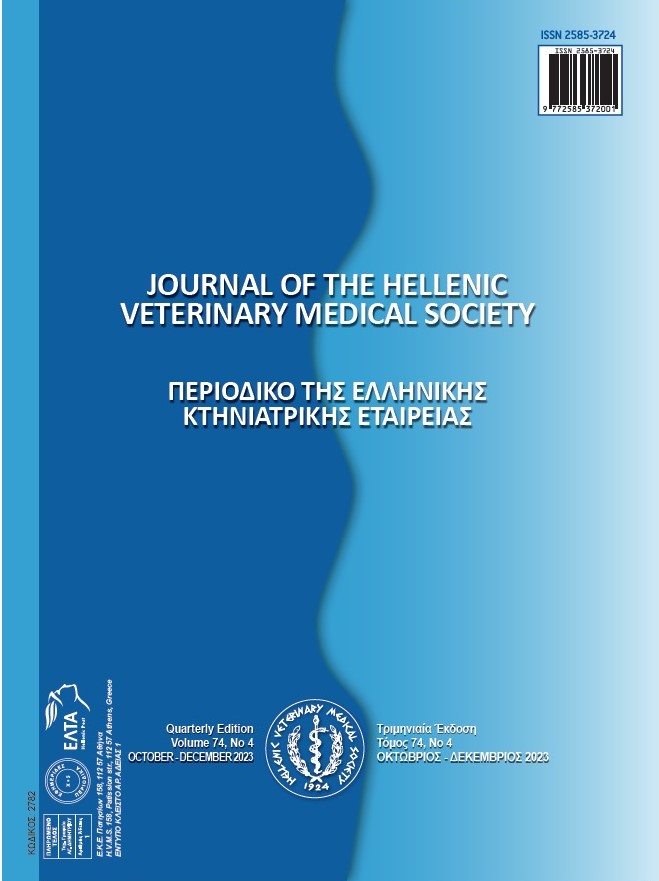Comparison of some biological activities of propolis and bee bread samples obtained from Apis mellifera Anatoliaca and its Muğla and Efe ecotypes

Abstract
Honey and other bee products have been extensively researched in recent years due to the demand for natural products with nutritional and therapeutic qualities, as they contain high levels of biologically active compounds and valuable nutrients. In this study, antioxidant, anti-inflammatory and antimicrobial activities of bee bread and propolis samples formed after colony development by bees of different races and ecotypes accepted to core colonies in the same location were evaluated. Total phenolic, flavonoid and antioxidant content values were the the highest in propolis samples, especially in propolis from Apis mellifera anatoliaca. Values of this type gave the most effective results in almost all of the other tests performed, such as DPPH free radical scavenging, lipid peroxidation inhibition, anti-inflammatory and antimicrobial activity. In addition, the amount of phenolics detected in the phenolic component analysis of this species is higher. It was surprising that propolis samples obtained from Efe and Muğla ecotypes showed higher values, respectively, in the test for chelating activity with Fe. The fact that the values calculated for the bee breads were lower in all cases compared to the propolis samples, the highest values were calculated for the bee bread harvested from the efe ecotype, in contrast to the propolis ecotypes. None of the tested bee breads showed antimicrobial activity on selected pathogenic bacteria. Thus, with this study, it was evaluated how the differences arising from both race and ecotype and the type of bee product reflected on biological activities.
Article Details
- How to Cite
-
Kabakci, D. (2024). Comparison of some biological activities of propolis and bee bread samples obtained from Apis mellifera Anatoliaca and its Muğla and Efe ecotypes. Journal of the Hellenic Veterinary Medical Society, 74(4), 6451–6462. https://doi.org/10.12681/jhvms.30859
- Issue
- Vol. 74 No. 4 (2023)
- Section
- Research Articles

This work is licensed under a Creative Commons Attribution-NonCommercial 4.0 International License.
Authors who publish with this journal agree to the following terms:
· Authors retain copyright and grant the journal right of first publication with the work simultaneously licensed under a Creative Commons Attribution Non-Commercial License that allows others to share the work with an acknowledgement of the work's authorship and initial publication in this journal.
· Authors are able to enter into separate, additional contractual arrangements for the non-exclusive distribution of the journal's published version of the work (e.g. post it to an institutional repository or publish it in a book), with an acknowledgement of its initial publication in this journal.
· Authors are permitted and encouraged to post their work online (preferably in institutional repositories or on their website) prior to and during the submission process, as it can lead to productive exchanges, as well as earlier and greater citation of published work.


